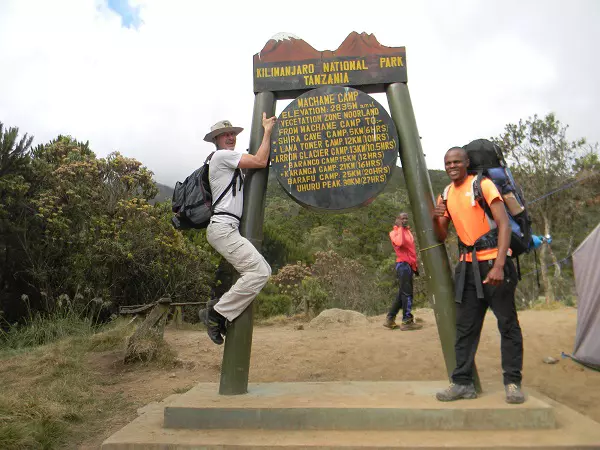
Embarking on a Kilimanjaro trek is a thrilling adventure that involves navigating diverse terrains, adjusting to varying climates, and embracing the essence of the mountain's grandeur. Amidst the awe-inspiring journey, maintaining hygiene on Kilimanjaro is a crucial aspect that contributes to both the well-being of climbers and the preservation of the pristine environment. In this beginner's guide, we delve into essential practices, tips, and considerations to ensure proper hygiene on Kilimanjaro, fostering a positive climbing experience for all.
Proper hygiene safeguards your health by minimizing the risk of infections and illnesses that can compromise your climbing experience.
Responsible hygiene practices contribute to the preservation of Kilimanjaro's ecosystem. Minimizing environmental impact is crucial for the sustainability of the mountain.
Utilize water purification methods such as water purification tablets or filtration systems to ensure that the water you consume is safe and free from contaminants.
Maintain rigorous hand hygiene by using hand sanitizer or biodegradable soap, especially before meals and after using shared facilities.
Adhere to the "Leave No Trace" principle. Pack out all waste, including toilet paper and hygiene products, and dispose of it properly at designated sites.
Use designated toilet facilities whenever available. In the absence of such facilities, follow established guidelines for burying human waste in a sanitary manner.
Prioritize personal hygiene by carrying essential items such as toothbrushes, toothpaste, and wet wipes. Maintain cleanliness to enhance your comfort during the climb.
Female climbers should plan for menstrual hygiene by bringing necessary supplies and following proper disposal methods. Consider eco-friendly and biodegradable options.
Include compact, lightweight hygiene essentials in your packing list. Opt for travel-sized biodegradable toiletries to minimize environmental impact.
Prioritize eco-friendly and biodegradable hygiene products that have minimal impact on the mountain environment.
Familiarize yourself with and adhere to any specific hygiene guidelines provided by your tour operator or local authorities.
Pack out all waste and dispose of it in designated areas. Be mindful of the "Pack it in, Pack it out" principle.
Respect the local communities around Kilimanjaro by following cultural norms and minimizing your impact on their environment.
Anticipate limited washing facilities during the climb. Plan for alternate hygiene practices such as using wet wipes and dry shampoo.
Be prepared for changing weather conditions. Ensure your hygiene items are stored in waterproof containers to prevent them from getting wet.
Recognize that the effects of altitude may impact your energy levels. Simplify your hygiene routine to conserve energy for the climb.
Hygiene on Kilimanjaro is not just a practical necessity; it's a commitment to responsible and respectful climbing. By integrating thoughtful hygiene practices into your journey, you contribute to the preservation of the mountain's natural beauty and ensure a positive experience for yourself and future generations of climbers. As you ascend through Kilimanjaro's stunning landscapes, let your commitment to cleanliness be a testament to your reverence for this iconic peak and its surrounding environment.